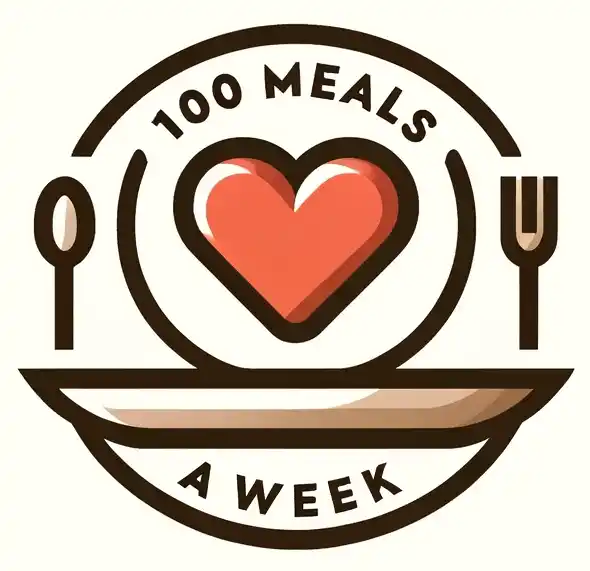Global Hunger Index: The Growing Crisis of the World’s Hungriest Countries

Hunger remains one of the most pressing global challenges in the 21st century. Despite significant progress in alleviating hunger over the past few decades, millions of people across the world still suffer from food insecurity, malnutrition, and starvation. The Global Hunger Index (GHI), an annual report that assesses hunger on a national, regional, and global level, provides valuable insights into the extent of this crisis. This article explores the current state of global hunger and highlights the countries that are most affected by hunger in 2023 and 2024.
Understanding Global Hunger
The GHI is an annual report that ranks countries on a 100-point scale, where 0 represents no hunger and 100 signifies the worst level of hunger. The index is designed to comprehensively assess and track hunger at global, regional, and national levels, enabling policymakers and organizations to prioritize their efforts.
The GHI score is calculated using four key indicators:
- Undernourishment: The proportion of the population with insufficient caloric intake.
- Child Wasting: The percentage of children under five who have low weight for their height, reflecting acute malnutrition.
- Child Stunting: The percentage of children under five who have low height for their age, indicating chronic malnutrition.
- Child Mortality: The mortality rate of children under five, often linked to inadequate nutrition and poor health conditions.
Each of these indicators is weighted and combined to produce a composite score. Countries are then classified into categories ranging from low, moderate, serious, alarming, to extremely alarming levels of hunger.
Global Hunger in 2023 and 2024
As of 2023, global hunger remained a pressing concern, with the COVID-19 pandemic exacerbating food insecurity and plunging millions more into poverty. Conflict and climate change continued to be key drivers of this worsening crisis. For example, prolonged conflicts in regions such as East Africa, the Middle East, and parts of South Asia have severely disrupted food systems, leaving entire populations without access to adequate nutrition.
By 2024, the Global Hunger Index (GHI) reported a slight improvement, with the global score decreasing to 18.3, classified as moderate. This marks only a marginal decline from the 2016 score of 18.8, highlighting the slow and uneven progress. Sub-Saharan Africa remains the hardest-hit region, with many countries grappling with severe food insecurity. While some nations have made commendable strides in combating hunger, these efforts are often undermined by new challenges such as economic downturns, prolonged droughts, and political instability.
The 2024 GHI also warns of potential setbacks in certain regions due to climate-related disasters like floods and droughts, which devastate crops and disrupt food supply chains. Additionally, the ongoing conflict in Ukraine has had a global ripple effect, driving up food prices and making it increasingly difficult for vulnerable populations to access affordable, nutritious food.
The World’s Hungriest Countries
According to the 2023 and 2024 GHI reports, certain countries are disproportionately affected by hunger, and their populations face a dire need for food aid, health interventions, and sustainable development initiatives. These countries often score poorly on the GHI due to high levels of undernourishment, stunting, and child mortality. Let’s take a closer look at some of the world’s hungriest countries as of 2023 and 2024.
1. Central African Republic (CAR)
The Central African Republic has consistently ranked as the hungriest country in the world, with a GHI score of 42.3 in 2023. Decades of armed conflict have devastated the country’s infrastructure, and political instability has made it difficult to provide essential services to the population. In 2024, the situation remains grim, with nearly half of the population facing food insecurity and many children suffering from malnutrition.
The country’s economy is fragile, and agricultural production is severely limited by insecurity and poor infrastructure. International aid is essential, but ongoing conflict and political instability continue to hinder relief efforts. CAR’s hunger crisis is a stark reminder of how conflict can exacerbate hunger, leaving people without access to food and nutrition.
2. Chad
Chad, located in the Sahel region of Africa, has long struggled with hunger and food insecurity. With a GHI score of 36.4 in 2024, Chad is ranked among the world’s hungriest countries. The country faces a combination of challenges, including desertification, recurring droughts, and political instability. Climate change has worsened the situation, leading to crop failures and a decline in livestock.
In 2024, the hunger situation in Chad remains critical, with an estimated 3.5 million people facing food insecurity. The country’s food systems are fragile, and access to health and education services is limited, further exacerbating the effects of hunger on children and families. International humanitarian assistance is crucial in addressing the urgent needs of the population.
3. Madagascar
Madagascar, an island nation off the south-eastern coast of Africa, has one of the highest rates of child malnutrition in the world. The GHI score for Madagascar was 36.3 in 2023, reflecting the severe food insecurity faced by its population. The country’s agricultural sector has been hit hard by climate-related shocks, including cyclones and droughts, which have led to food shortages and rising prices.
In 2024, Madagascar continues to battle food insecurity, with more than 1.5 million people facing extreme hunger. The situation is particularly dire in the southern regions, where chronic droughts have left families unable to grow enough food to meet their needs. Malnutrition is widespread, with many children suffering from stunting and wasting.
4. Yemen
Yemen has been in the midst of a devastating civil war since 2015, and the conflict has led to one of the world’s worst humanitarian crises. With a GHI score of 41.2 in 2023, Yemen is one of the hungriest countries, with millions of people facing acute hunger and malnutrition. The war has disrupted food production, destroyed infrastructure, and made it difficult for aid to reach those in need.
In 2024, the hunger situation in Yemen remains dire, with more than 16 million people facing food insecurity, and nearly 2.3 million children suffering from malnutrition. The ongoing conflict and economic collapse have pushed Yemen’s population to the brink of famine, making it one of the world’s most urgent hunger crises.
5. South Sudan
South Sudan, a country that gained independence in 2011, has been plagued by conflict and instability. With a GHI score of 28.8 in 2023, South Sudan is one of the world’s hungriest countries. Civil war, floods, and economic instability have devastated the country’s agricultural sector and left millions without access to sufficient food.
In 2024, South Sudan remains in crisis, with over 7 million people facing food insecurity. Malnutrition is widespread, particularly among children, and many families rely on humanitarian aid to survive. The country’s vulnerability to climate shocks, such as floods and droughts, continues to exacerbate the hunger situation.
Conclusion
Global hunger is a complex and multifaceted crisis that continues to affect millions of people around the world. While there has been some progress in addressing hunger, much work remains to be done. The countries highlighted—Central African Republic, Chad, Madagascar, Yemen, and South Sudan—are just a few examples of the deep challenges that millions of people face in their struggle for food security.
The need for international cooperation, humanitarian aid, and long-term solutions to address the root causes of hunger—such as poverty, conflict, and climate change—is critical. Only through concerted efforts can we hope to alleviate hunger and provide a better future for those suffering from food insecurity.
